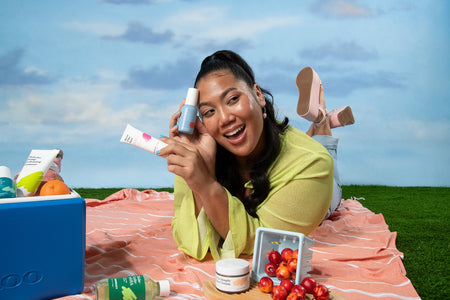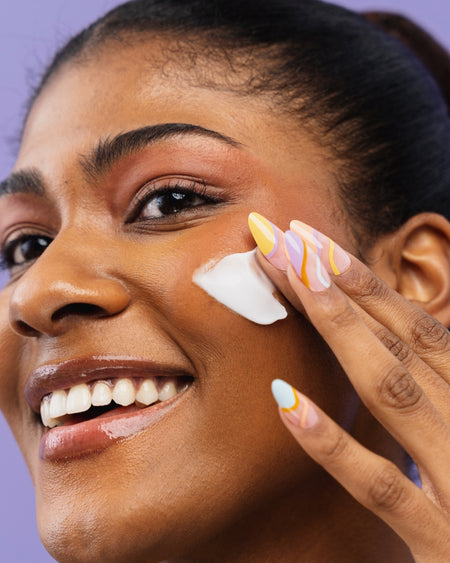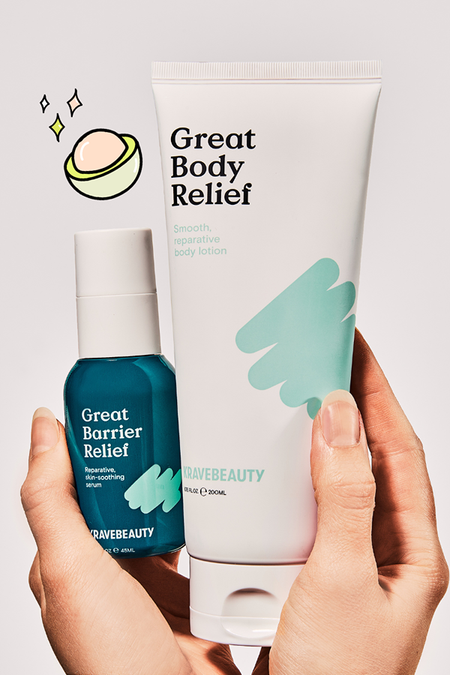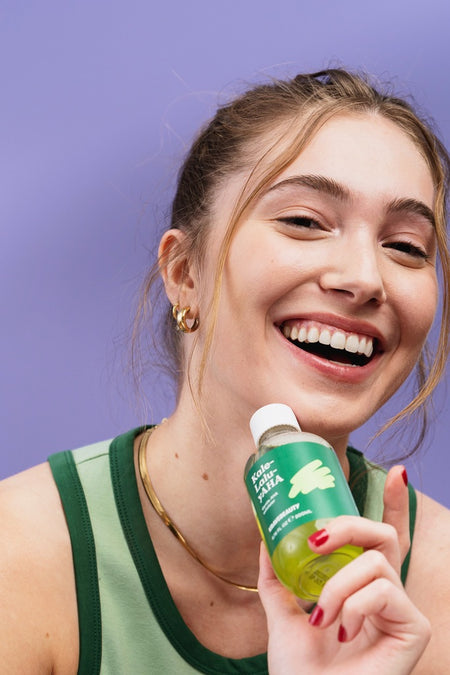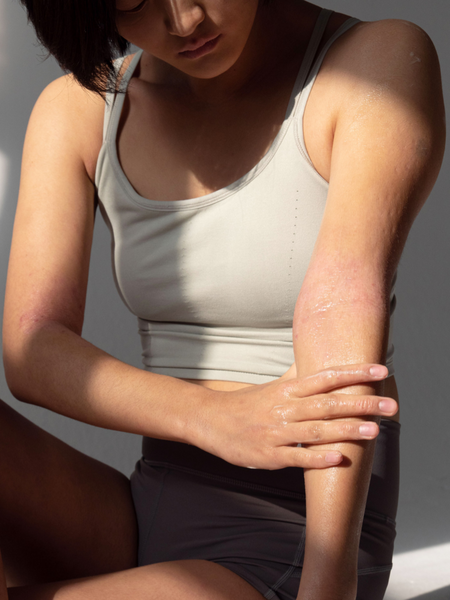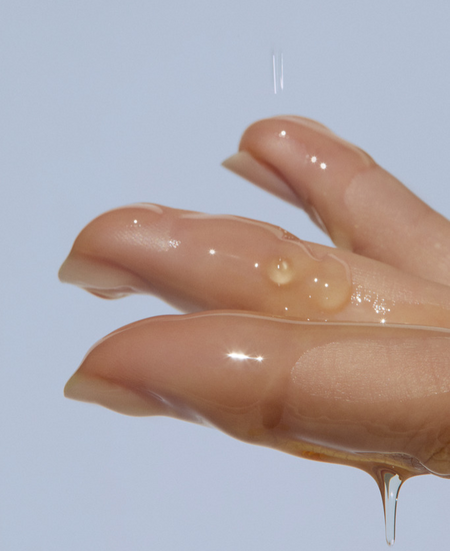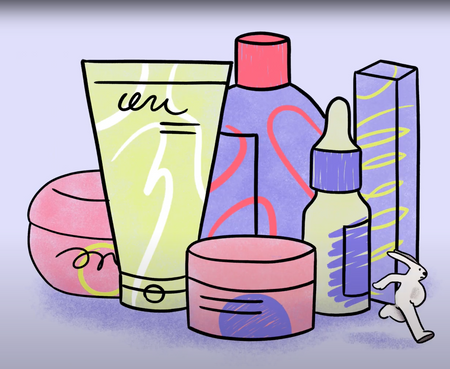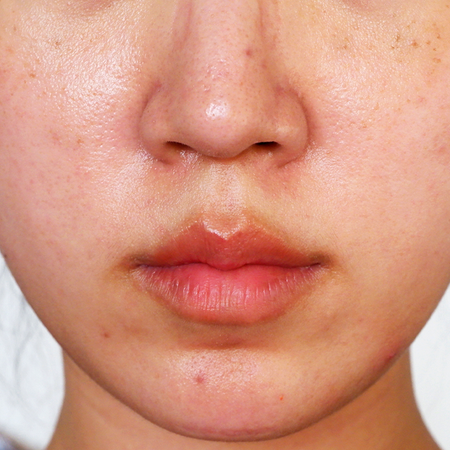Ingredient Series: Retinoids to the Rescue

Let’s talk aging. What’s the first skincare ingredient that pops into your mind?
Perhaps that retinoid, retinol, retinoic acid thing? But you still have no idea how they actually work or what the differences between them are, you say?
They can be a little overwhelming, but figure ‘em out and they’ll work wonders on your skin. So let’s give them a proper introduction now, shall we?
What are retinoids?
Retinoids is an umbrella term for a class of ingredients that are related to vitamin A. It’s comprised of both skincare products you can get through a doctor’s prescription and those you can get over the counter just off the store shelf. Prescription-based retinoids are more commonly known as the OG retinoids while retinol and its derivatives are found in OTC products. An easy hack to remember the difference is that retinoid ends with a D, so this means that you get them from your Doctor– easy enough, right?
History time!
Before we jump into how they work, let’s hop aboard our time machine for a little history lesson on this Queen of an ingredient. Since the 1940s, retinoids have been used both topically and orally for a variety of skin conditions, but primarily for acne due to their ability to prevent blemishes. It wasn’t until the 1980s that we discovered retinoids’ super power ability to rejuvenate photoaged skin, AKA any damage caused by long-term exposure to the sun and UV rays such as wrinkles or dark spots (So yup, this ingredient has ruled for quite a while– and with good reason.).
Doctors noticed that retinoids not only improved their patients’ acne, but also improved skin texture and reversed the signs of photoaging! By the 1990s, retinol was developed and introduced to the rest of the world. Think of retinol as the more accessible and less irritable version of retinoids, as you can get it without visiting the doctor and it isn’t as potent as retinoids are.
How do they work on our skin?
It’s important to know that the only type of retinoid our skin can process directly are those in the “retinoic acid” form. All other forms of retinoid have to be converted and processed by the skin before they can affect our skin. So, when we’re talking about retinoids (doctor-prescribed), they’ve already been converted into an active retinoid acid form that makes them super potent. Retinol, on the other hand, needs to undergo conversion in order to work.
Retinoids work on the cellular level and stimulate skin cell turnover and production of collagen, two processes which naturally slow down as we age. Studies have shown that three months usage of retinoids helped thicken the skin and improved the appearance of fine lines, and six months of usage showed improvement in the skin’s elasticity, texture, hyperpigmentation, and appearance of wrinkles.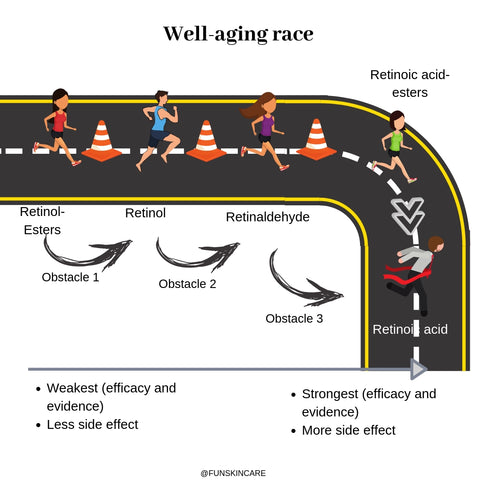
Source: https://funfunteatime.wordpress.com/2018/12/28/well-aging-tips-1/
Unfortunately, the conversion process for retinols that we’re talking about is basically like an obstacle course, where throughout the process, the more the obstacles the ingredient faces, the less potent it turns out to be and vice versa.
Our friend retinol needs to go through two conversions before it can get to the active retinoic acid form. It first needs to be converted into retinaldehyde (Obstacle 1) and then into retinoic acid (Obstacle 2). Studies have shown that retinol can be twenty times less effective than retinoic acid in reversing signs of aging due to this conversion process (but we’ll discuss later why this isn’t such a bad thing).
Some skincare products may also contain retinaldehyde, which is more potent than retinol because it only has to go through one conversion obstacle. Other retinol derivatives that have been around for a while are the retinol esters (retinyl palmitate, retinyl aspartamate and retinyl proprionate, etc), which are less potent than retinol as they have to go through three conversion obstacles.
Some other newcomers to the retinoid family to look out for are the retinoic acid esters (HPR, Granactive retinoid, etc), which don’t need to be converted at all because they’re delivered in their active form as well as cause less skin irritation compared to direct retinoic acid. Because they’re the youngest in the retinoid family, however, studies on these derivatives are quite limited. But we expect to see a lot more of them coming to your skincare products very soon.
Side effects of Retinoids
As good as retinoids may sound for their effectiveness in rejuvenating the skin, we can’t forget about the unfavorable consequences they may bring. Their side effects are commonly known as “Retinoid Reaction,” which is distinguished by redness, stinging, scaling, pruritus, and purging on the skin.
The closer that retinoids are to the retinoid acid form, the higher the chances of these side effects occurring are. We wouldn’t stress too much about this though as these reactions are largely dependent on the concentration, which your doctor would be aware of, and the side effects subside over time. However, due to this occurrence, other retinoid derivatives were basically created to counteract this side effect and decrease the chances of them coming about. So, like we said, it’s not necessarily a bad thing that these derivatives are “less effective” as with regular use, these gentler alternatives may bring you the same end result with less chance of irritation.
Who should use retinoids, and when is the RIGHT time to start using them?
So, when IS the optimal age to start using retinoids? Do we have any special formula to calculate this, or any studies to refer to?
The truth of the matter is that there really is no exact science to answer this. So really, the right time to start using retinoids is when you feel like your skin needs it. Our official advice to you though is that someone in their mid-20s can benefit greatly from starting these ingredients, as this is the age when our collagen production significantly goes downhill, and prevention is MUCH easier than trying to go back in time, no? We recommend starting off with an OTC retinol product, as it is less irritating and can truly benefit your skin when used regularly. However, please note that these ingredients have NO safety records for use by pregnant and breastfeeding women. While some experts say that retinol derivatives at a certain concentration are safe to use, it’s always better to play it safe and avoid use or consult your doctor.
Tips for introducing retinoids to your skincare game
- Apply them at night on clean, dry skin, and don’t forget to go in with your favorite moisturizer afterwards so your skin doesn’t shrivel up.
- Less is more, and that couldn’t be more true with retinoids. Applying more than suggested won’t amplify retinoids’ potential benefits– it might actually make your skin worse. You don’t want to go overboard expecting a miracle overnight just to wake up to some nasty side effects from retinoid overload (ouch!).
- Start using products with a lower concentration at a low frequency, slowly familiarizing your skin with the ingredient being in your routine. You can start with using retinoids once a week, to twice a week, to every other night, and so on. Let you and your skin adjust to this ingredient so that you’ll have the time to figure out if your skin is experiencing any side effects or negative reaction with your other skincare products.
We hope this has helped you understand retinoids and how to safely incorporate them into your routine!
 Matcha Hemp Hydrating Cleanser
Matcha Hemp Hydrating Cleanser Oat So Simple Water Cream
Oat So Simple Water Cream Beet The Sun SPF 40 PA+++
Beet The Sun SPF 40 PA+++ Great Barrier Relief
Great Barrier Relief Kale-Lalu-yAHA
Kale-Lalu-yAHA

